Godbreakers Review – A Fast and Furious Roguelike Adventure
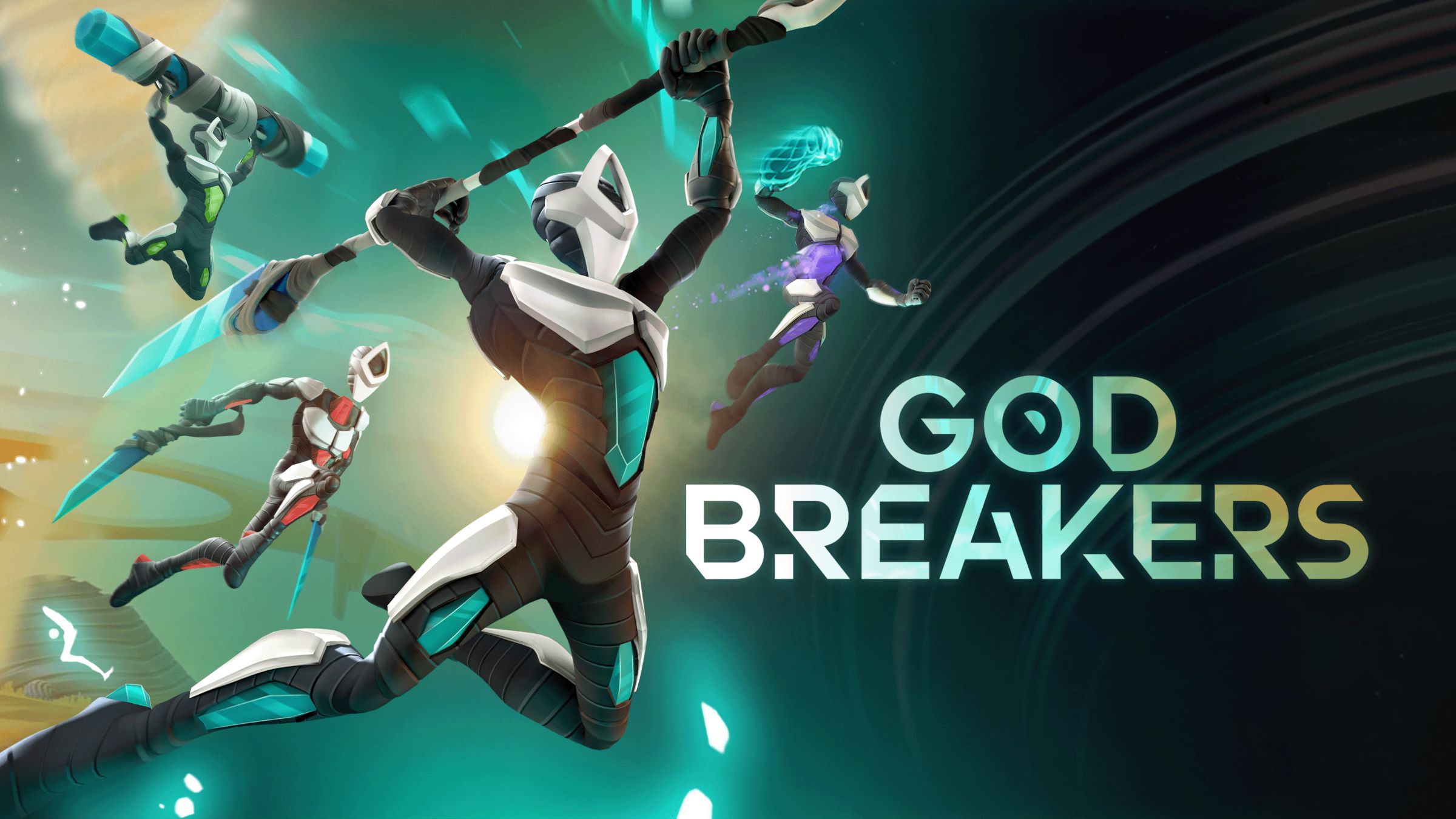
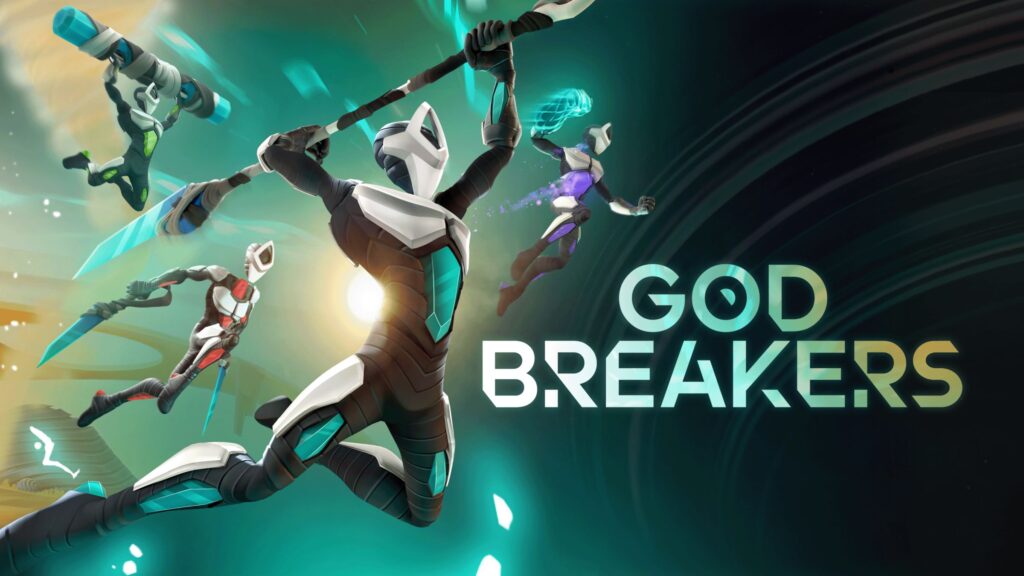
Godbreakers is a new third-person action roguelike from developer To The Sky (published by Thunderful) that bursts onto PC and PS5 with flashy combat and co-op play. In this game’s sci-fi lore, you are a vessel of humanity created by three AI “Coven” to take down a rogue machine-god called Monad and its pantheon of warped gods. The premise sets the stage for intense hack-and-slash battles across multiple alien biomes. After putting in some hours both solo and with friends, I’ve found Godbreakers to be mostly a thrilling ride – with lightning-fast combat and a clever power-stealing twist – albeit one that runs a bit short on content. In fact, one early player even remarked that Godbreakers “has everything [they] were looking for in an action roguelike,” from the satisfying combat to rich lore possibilities. Let’s break down the experience, the pros and cons, and why Godbreakers might be worth your time (especially if you have friends to team up with).
Gameplay: Fast, Fluid and Full of Action
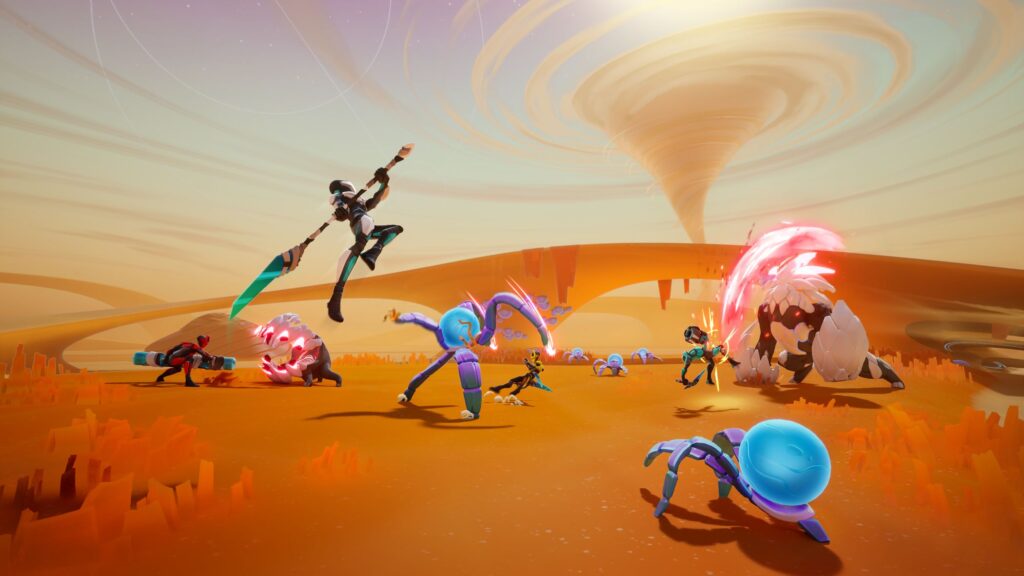
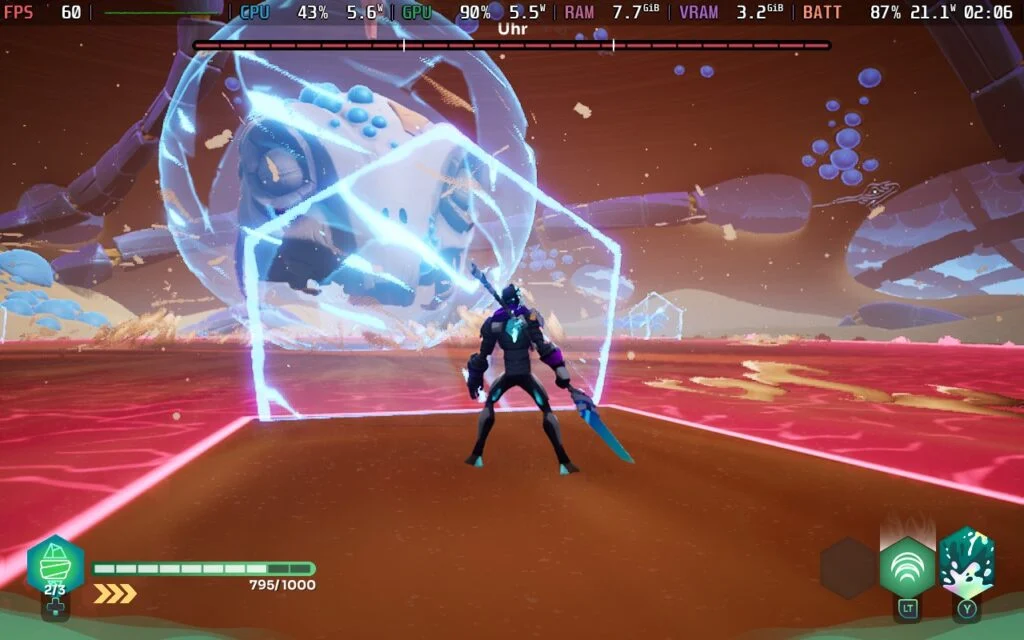

At its core, Godbreakers shines in the gameplay department. Combat is fast-paced and fluid, feeling like a stylish character-action game fused with roguelike progression. You wield a primary and secondary attack, can perform ground combos, charged hits, and even aerial strikes. Crucially, you can cancel out of almost any animation by dashing, which makes the fighting feel responsive and dynamic. As one player noted, “Combat is relatively fluid. Dash cancelling animations are absolutely crucial… The speed at which stamina regenerates lets you weave in and out of combat and reposition well.” This agile movement and dodge-cancel system means you’re always able to bail out of danger or chase an opening, keeping the action fast and skill-based.
Each run, you choose an Archetype (character class) that defines your weapon and playstyle. For example, there’s a quick twin-blade rogue who can backstab, a heavy lancer with a polearm (including a shielding ability), and even a fist-fighting brawler (though more on unlocking that one later). The differences between archetypes aren’t purely cosmetic – each has unique traits and attack combos – but they could stand to be more pronounced. Still, experimenting with them adds some variety. No matter who you pick, combat feels snappy and satisfying: chaining a few sword slashes, dodging out of an enemy’s swing, then slamming down from the air for a finishing blow makes you feel powerful. The game truly nails that responsive hack-and-slash vibe, delivering “consistently fluid and rewarding” action with snappy dodge-canceling.
Another highlight is the roster of boss fights. Every biome culminates in a boss with multiple phases, distinctive attack patterns, and a bombastic style. These bosses aren’t just damage sponges; they’ll test your reflexes with telegraphed mega-attacks and often flood the arena with hazards to keep you on your toes. Most of these encounters are excellently designed – from a spectacle of a dual boss fight that had me grinning, to creative one-on-one duels. The distinct personalities of the bosses shine through both in combat and in their banter, adding to the fun. (One boss taunted me incessantly as I whittled it down – motivation enough to hit harder!) Godbreakers’ boss design is a strong point, with one reviewer even noting that the enemy and boss designs are all greatmetacritic.com. That said, not every boss hits the mark – there’s a poison-themed boss fight in one biome that I found more frustrating than fun, due to the arena filling with toxic goo and a gimmick requiring you to cleanse poison mid-fight. It was an annoying difficulty spike in an otherwise enjoyable lineup of battles.
Stealing Powers and Buildcrafting
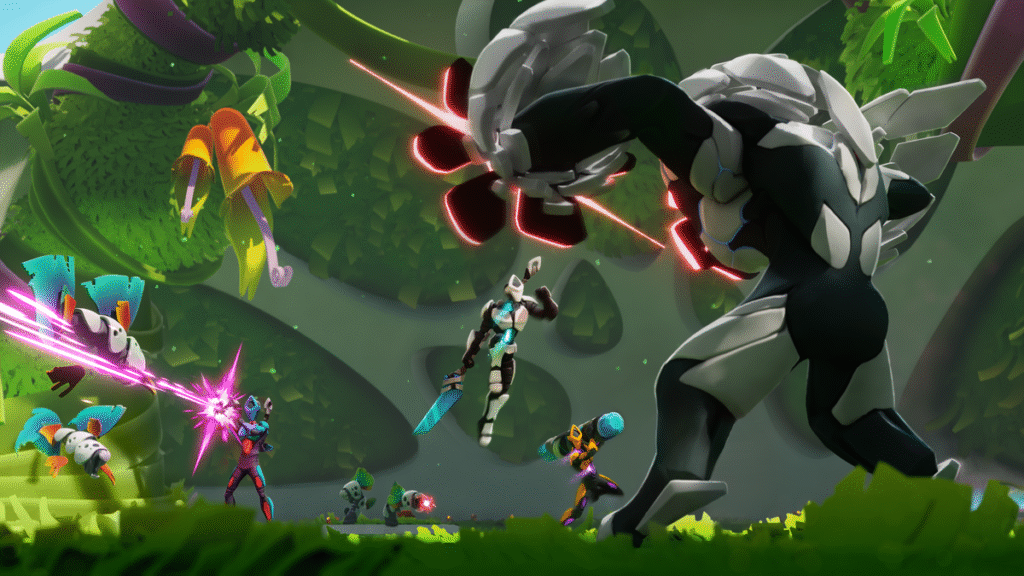
Godbreakers sets itself apart with a very cool mechanic: you can steal powers from your enemies. During combat, as you deal damage you charge up a “Source Light” gauge. When it’s full, weakened enemies can be absorbed, letting you unleash their special ability as a one-time attack – called a “Godbreak”. This might be a massive laser blast from a mech or a fiery AOE slam from a brute. It’s immensely satisfying to turn a boss’s own weapon against them for a change. The stolen skills also briefly stun the enemy you took them from, giving you a breather to reposition or capitalize on damage. One player described the Godbreak system as “nifty as hell”, noting it gives you “a brief window of respite to set up some explosive moves.”reddit.com It’s a unique twist that adds variety to the combat flow – you’re not just spamming your sword combos, you’re actively looking for chances to yank abilities from foes and strategize their use.
On the buildcrafting side, Godbreakers is a roguelite, so each run offers random power-ups to shape your build. You collect Fragments, which are gear pieces that grant new passive abilities (one per armor slot), and Essences, which are smaller stackable buffs to your stats or attacks. For example, you might equip a Fragment that makes your dash temporarily boost your attack power, or one that causes a lightning chain on every fifth hit. Essences can do things like increase healing received, or give your attacks a small chance to set enemies on fire or poison them. Stacking multiple damage-over-time effects is particularly fun – watching a tough enemy slowly melt from fire, poison and bleed effects that you’ve stacked feels rewarding. Overall, the build variety is decent, if not groundbreaking. There’s enough to keep each run fresh for a while, although some upgrades feel a bit underwhelming or too rare. (It was almost comical to find out an “Epic” ability that gives just a 5% chance to zap enemies with lightning – the effects could be a tad more impactful.) Still, experimenting with different combinations of fragments and essences provides a light theorycrafting element as you refine your preferred playstyle.
Between runs, you’ll also unlock permanent goodies: new Archetypes, weapons, and cosmetic upgrades, by completing certain challenges or quests. I appreciated this sense of progress, but one design choice did irritate me – the method to unlock the final Archetype (a fist-weapons brawler) involves a seven-part quest with some heavily luck-based steps. While the other classes unlocked through simple milestones, this last one had me praying to the RNG gods. It’s the kind of grindy quest that, after getting swarmed and defeated by a random mob, made me really wish I already had those fist weapons unlocked (sometimes you just want to punch something after a rough run!). Hopefully the developers tone down the randomness there, because locking a cool class behind an RNG quest felt unnecessary.
Solo Play vs Co-op – A Tale of Two Experiences
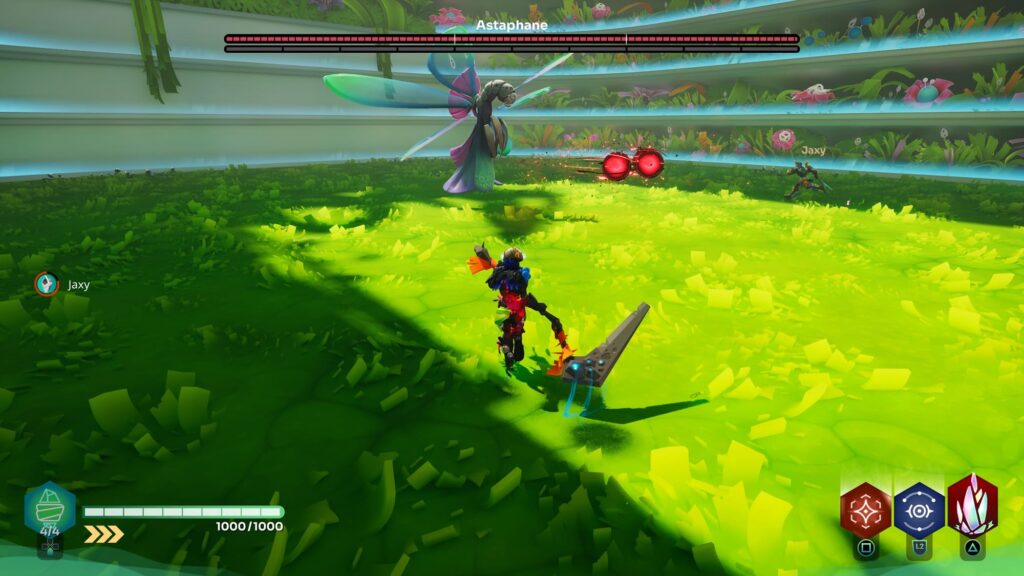
Godbreakers is advertised as a 1-4 player co-op experience, and it’s clear that playing with friends is the ideal way to enjoy it. In co-op, the chaos becomes pure fun – you can coordinate with your teammates, chain abilities together, and even cover each other when swarmed. The difficulty scales, but having allies to revive you or draw aggro makes the challenge feel fair and exciting. I had a blast in a three-player session where we juggled a boss between our staggered Godbreak attacks, each of us stealing a different enemy’s power in quick succession – it was glorious mayhem. The game truly achieves that “awesome with friends” vibe and “an undeniable thrill” of taking down gods as a teammetacritic.com.
However, if you’re planning to play solo, be prepared: Godbreakers is considerably harder on your own. The core combat mechanics don’t change, but without teammates the flaws in the game’s balance become more apparent. Notably, enemies do not flinch when hit – your basic attacks won’t stun most foes at all. As one critic pointed out, “Unless an ability stuns them, most enemies don’t flinch when hit”digitalchumps.com. This means that unlike many action games, you usually can’t interrupt enemies out of their attacks. You can be wailing on a monster and they’ll still wind up a heavy hit to smack you in return. In solo play, this can be brutal because you have no one else to draw enemy attention. You’re often forced to hit once or twice, then dodge-roll for your life to avoid the counter-attack, essentially adopting a constant “stick-and-move” strategy. It’s doable, but it can feel overwhelming when multiple foes attack at once – you have to be ultra-aware of your surroundings and iframe-dash at every moment. There also aren’t many defensive options aside from the dodge (no block unless you count one class’s shield ability), so one mistake can cost you a big chunk of health.
All of this is manageable with patience, but it makes the solo experience intense and sometimes frustrating. During my solo runs, there were definitely moments of being swarmed by a group of enemies and getting smacked around with little I could do, which isn’t very fun. I eventually learned to play extremely aggressively and evasively at the same time – a true test of multitasking – but it’s clear the game is balanced with co-op in mind. This sentiment is echoed by other players as well: many have noted that Godbreakers feels tailored for multiplayer, and that solo runs can turn into a kiting/dodging marathon. On the bright side, solo play will sharpen your skills quickly, and beating a tough boss alone is very rewarding (if nerve-wracking). But if you’re not up for a challenge, you might want to rope in a friend or two to join you. The good news is that the fun core combat is still there solo, and some folks even report having a great time alonex.commetacritic.com – it really comes down to your tolerance for difficulty. Personally, I found co-op to be the way Godbreakers truly shines, delivering the kind of rollicking fun that made me say “one more run!” well into the night.
Content and Replayability
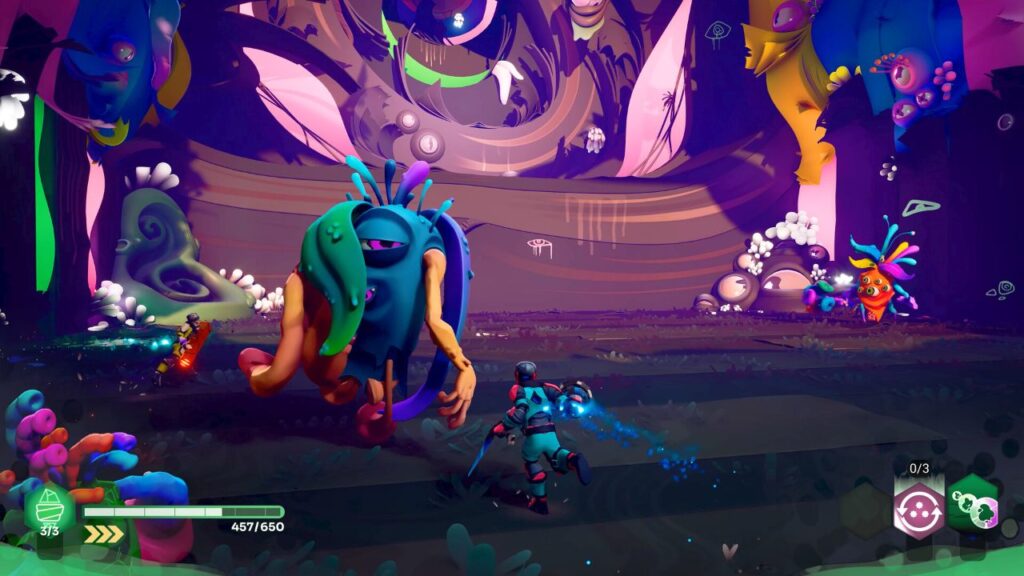
One of the major concerns with Godbreakers is the amount of content on offer. The game features 6 biomes (worlds) to fight through, which provides a solid variety of environments and enemies for a run. However, each biome is relatively short, and an experienced player or coordinated team can blitz through all of them pretty quickly. In my experience, you can see almost everything the game has in roughly 3-4 hours of play. After a successful full run (defeating the final boss), you’ll likely have unlocked most upgrades and seen all the bosses at least once. For a roguelite, that’s a pretty slim amount of content, and it left me wanting more. Yes, the nature of roguelikes is to replay runs for better times or with higher difficulties, but don’t expect a long progression grind or dozens of hours of unique encounters here.
To its credit, the game does try to extend replayability with a few features. Upon finishing, you unlock various “modifiers” (blisteringly hard difficulty tweaks, optional challenges, etc.) to spice up subsequent runs. There are also additional quests to complete for cosmetic rewards or achievements, and you can experiment with different builds or classes to challenge yourself. These can add some extra hours of entertainment, especially if you’re the type who loves chasing higher leaderboard scores or tackling ultra-hard modes with friends. One reviewer, however, cautioned that this may not be enough, noting that beyond those difficulty modifiers there’s a “lack of content” that could disappoint hardcore roguelike fansdigitalchumps.com. If you’re used to games like Hades or Risk of Rain that offer dozens of weapons and hundreds of hours of replay, you might find Godbreakers a bit thin after the initial excitement wears off. The “highs wear off fast,” as another review put itmetacritic.com – meaning once you’ve mastered the mechanics and seen the handful of bosses, the game doesn’t drastically change on subsequent runs.
The developers may add more content post-launch (no word on that yet), but as of release, Godbreakers is more of a short, sweet ride than a long odyssey. That doesn’t have to be a deal-breaker – sometimes a concise experience is welcome. Just know going in that this isn’t the kind of roguelite you’ll be sinking hundreds of hours into (unless you really love that combat, which, to be fair, is addictively fun).
Pros and Cons
Pros:
- Exhilarating, fluid combat – Fast-paced hack-and-slash action where you can cancel out of almost anything with a dash, keeping fights responsive and exciting.
- Unique power-stealing mechanic – Absorbing enemy abilities (Godbreaks) and turning them against bosses is a blast and adds variety to your arsenalreddit.com.
- Solid build variety – A mix of damage boosts, elemental effects, and abilities to tweak your playstyle each run. Stacking damage-over-time effects and buffs leads to some satisfying synergies.
- Well-designed bosses – Most boss fights are challenging and memorable, with multi-phase mechanics that test your skills (and they look cool to boot). The enemy and boss designs have been widely praisedmetacritic.com.
- Interesting lore and style – The world-building is rich with sci-fi lore if you pay attention, and the game’s art and atmosphere successfully convey a mystical sci-fi apocalypse vibe. It’s a visually striking indie game with a clean UI.
Cons:
- Limited content (short game) – You can see nearly all the game’s content in a few (~3-4) hours. The six biomes and set of bosses are great but leave you wanting more; replay value relies mainly on harder modifiersdigitalchumps.com.
- Tough to play solo – Solo runs can be very difficult and sometimes frustrating. Enemies don’t stagger from your hitsdigitalchumps.com, and with minimal defensive options you’ll be constantly dodging to survive. The game clearly plays better with a co-op team.
- No hit-stun on enemies – Tied to the above point: the lack of hit flinching for enemies means combat can feel one-sided; foes will trade hits with you freely, which is especially rough when you’re on your own.
- One particularly bad boss (poison planet) – Most bosses are fun, but the poison-themed boss fight is an exercise in frustration with its overwhelming area hazards. It’s a noticeable low point in an otherwise solid lineup of encounters.
- Underwhelming story/characters – Despite intriguing lore, the storytelling is not very engaging. The player character is a faceless husk, and the few NPCs mostly exist to spout tutorial tips or lore dumps (and one could argue some come off as a bit “whiny” in their dialogue). Don’t expect a deep narrative connection to your character.
- Small quirks in progression – A few design choices, like an RNG-heavy quest to unlock one class, and some extremely low drop-rate upgrades, can irritate dedicated players. Minor control gripes (e.g. default key bindings) might have you rebinding keys for comfort.
Godbreakers delivers a fast, flashy, and fun roguelike experience that’s absolutely worth a look for fans of action-heavy games – especially if you have a friend or two to join the fray. Its combat is among the most fluid I’ve played in a roguelite; darting around with infinite dodge-cancels and stealing giant laser beams from bosses never gets old. The game nails the core power fantasy of being a nimble warrior taking down angry gods, and it brings some genuinely fresh ideas to the genre. On the flip side, it’s also a game that feels a bit like a brilliant appetizer that leaves you hungry. The content is light for now, and the balancing clearly expects you to play in co-op (solo players, bring your A-game and some extra patience).
If you go in knowing these caveats, you’ll likely have a great time. In short, Godbreakers is an exhilarating romp that just doesn’t last as long as we’d hoped. It’s the kind of game I can see myself reinstalling when a buddy says “hey, want to break some gods tonight?” for a few quick runs of chaotic fun. But as a solo crusade, it might not hold your attention for too long once you’ve mastered its systems. The foundation here is strong – hopefully the developers build on it with more content or updates, because the potential to elevate Godbreakers from good to great is definitely there.
Verdict: A stylish and enjoyable action roguelike that’s best enjoyed in co-op. Come for the slick combat and epic boss battles, just don’t expect an odyssey – Godbreakers burns bright and fast. I’d give it about 3.5 stolen god-powers out of 5, and I’m excited to see if this flower of a game can blossom further with future updates.




